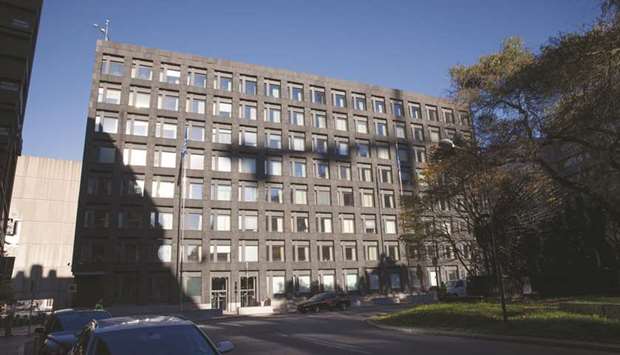Sweden’s central bank held its benchmark rate unchanged at 0% yesterday, as expected, and made no major changes to a package of measures it has launched to cushion the economic blow from the coronavirus, but said it was ready to do more if needed.
With Sweden facing its worst downturn since World War Two, the Riksbank has already introduced a raft of measures including loans in dollars and crowns and an expanded quantitative easing (QE) programme to keep the financial system from seizing up.
But unlike most central banks, the Riksbank has held its benchmark rate unchanged, arguing that it is better to focus on credit supply and to counteract a rise in interest rates to households and companies.
“It was not deemed justified at this point in time to try to increase demand by lowering the repo rate when the downturn in the economy is due to imposed restrictions and people’s concerns about the spread of infection,” it said in a statement.
It did not rule out a cut “if this is deemed an effective measure to stimulate demand and support the development of inflation in the recovery phase”. The Swedish crown hit a 6-week high against the euro after the policy decision.
“A rate cut can’t be ruled out later this year, although the probability for that has decreased somewhat,” Nordea economist Torbjorn Isaksson said, adding that the 300bn crown QE programme may also be expanded at a later date.
“Otherwise... the Riksbank can’t do much more than the bank already has done.” Sweden has kept schools and shops open during the coronavirus outbreak, but supply chain problems and measures to prevent the spread of Covid-19 have, nevertheless, forced many businesses to close and send workers home — some permanently.
Yesterday, Scandinavian airline SAS said it would cut 5,000 staff, many of them in Sweden.
In March it temporarily laid off 10,000 employees, about 90% of its total workforce.
As more and more companies are hit, unemployment is expected to surge and could top 10%, the Riksbank has said, which would be worse than during the global financial crisis of 2008-9.
The Riksbank gave two scenarios for the economy.
In the first, gross domestic product shrinks by around 6.9% this year before bouncing back sharply in 2021.
In a more negative scenario, the dip in GDP could be 9.7% and recovery may be very modest next year.
Headline inflation falls to 0.6% in 2020 in both scenarios, far below the Riksbank’s 2% target.
An overwhelming majority of economists had expected the Riksbank to keep rates on hold this week, with only two of 25 expecting a cut.
The median forecast was for the repo rate to remain at 0% through 2021 at least.
A handful of economists had expected the Riksbank to announce further measures at yesterday’s meeting.

The headquarters of Riskbank, Sweden’s central bank, in Stockholm. Unlike most central banks, Riksbank has held its benchmark rate unchanged, arguing that it is better to focus on credit supply and to counteract a rise in interest rates to households and companies.


